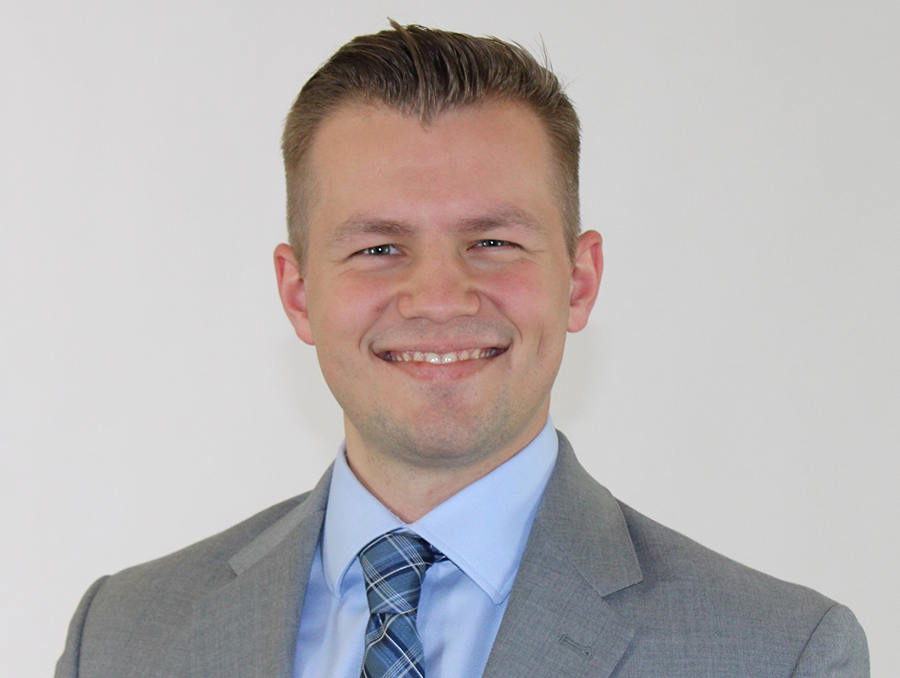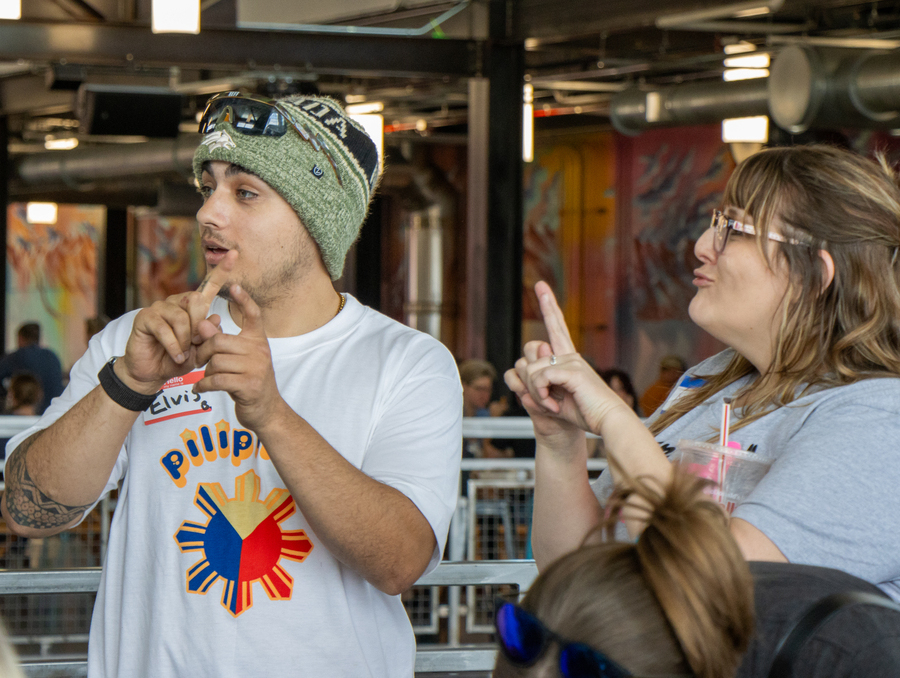Multi-rotor unmanned aerial systems, otherwise known as drones, are just one of the many cool toys Hao Xu, assistant professor and researcher at the University, gets to play with - cough-cough - study with as he works with two institutions at the University to record and study traffic-related subjects in order to modify current transportation systems to safer, more efficient models.
One of the University research centers Xu works with is NAASIC, the Nevada Advanced Autonomous Systems Innovation Center. A collaborative research and innovation center led by the College of Engineering, NAASIC is committed to the commercialization of technologies in autonomous systems.
"We are interested in using drones for transportation survey and data collection, or possibly information distribution in the future," Xu said. "That's why we proposed and worked on the research for the development of an airborne survey instrument for land surveying."
The project Xu mentions would determine the practicality of implementing a survey instrument - normally attached to a tripod on the ground - that was airborne, attached to a drone. He says that with different elevations - especially around highways, where access and available room is limited - an elevated view gives a better "lay of the land" for video recording and laser readings.
Other projects Xu and his colleagues are working on have to do with how humans and animals interact in and around traffic environments. One project was performed to monitor how animals and humans use an NDOT underpass, located east of Dayton, in order to improve upon future underpasses. During the yearlong data-collection process, Xu's team recorded the successful attempts at crossing the underpass by capturing pictures of human and animal activities automatically with motion-activated cameras. Studies such as this can help improve the safety of foot travel around highways.
Xu also works with SOLARIS, the Safety and Operations of Large-Area Rural/Urban Intermodal Systems, which is a Tier 1 University Transportation Center focused on safety, particularly within fields related to traffic systems. The center is a consortium of five research Universities, led by the University of Nevada, Reno.
"Traffic safety, data and technologies are key research points of SOLARIS," Xu said, "Many projects associated with SOLARIS focus on transportation efficiency and safety, employing the latest transportation data analysis tools and new technologies."
Xu's research focuses on using high-tech devices to help measure and improve traffic safety. Video recording devices and sensors systematically mounted in volunteer vehicles provide the information necessary for studying how driver, vehicle, roadway and environmental factors affect the vision of a driver while turning and yielding to pedestrians at intersections.
Just as necessary are the projects having to do with the gathering and categorization of the massive amounts of traffic-safety data collected. Xu is developing a statewide database system informed by multiple transportation applications that would help consolidate such data.
With degrees in both electronic engineering and civil engineering, Xu combines the latest sensor technologies, data mining methodologies, statistical theory and database systems to improve transportation safety and efficiency.











